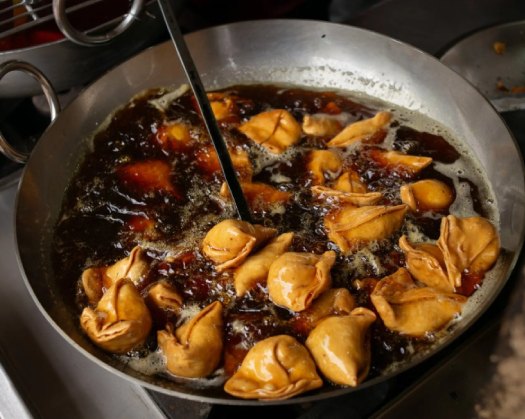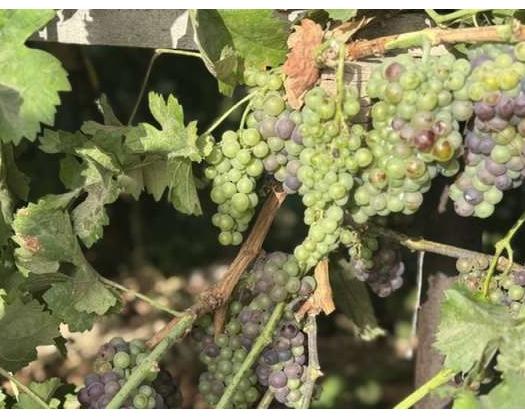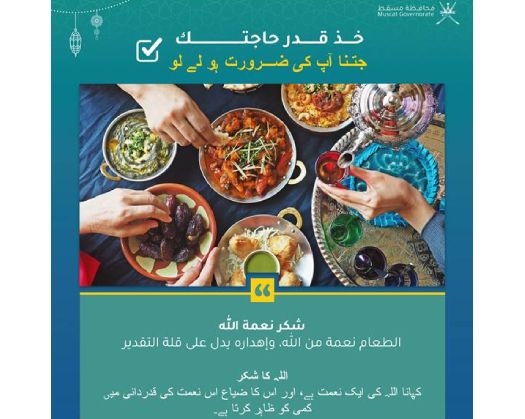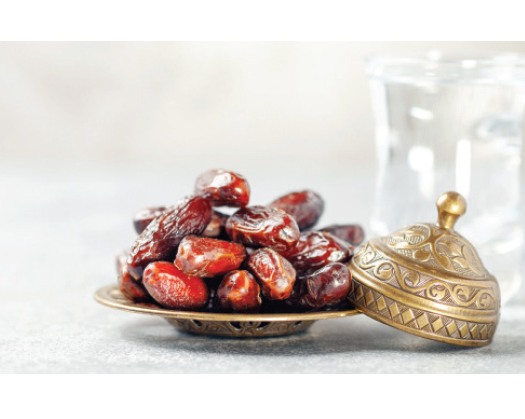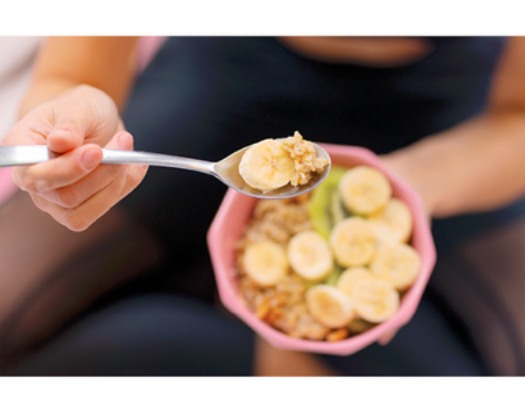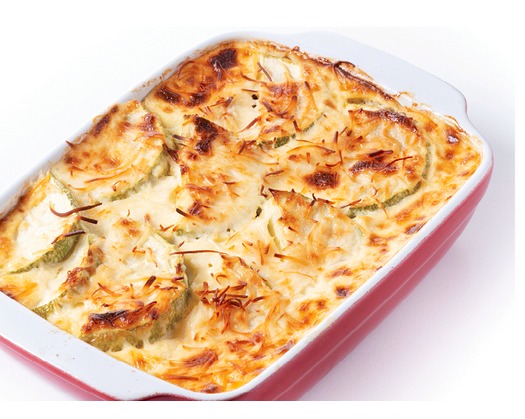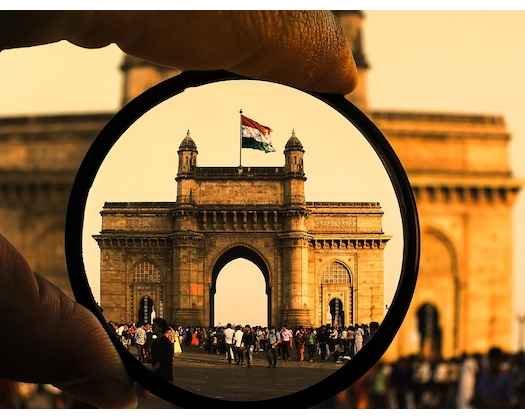NEW DELHI—Indians consume a bewildering assortment of street foods.
They eat pakoras, or vegetable fritters, jalebis, which are deep-fried coils of fermented batter dipped in sugar syrup, and papdi chaat, a tangy and spicy combination of crispy fried dough, yogurt, and spices, to mention a few. The snacks are commonplace, satisfying, and reasonably priced, and are frequently served with chai.
However, the samosa is the king of street food and one of India's most well-known gastronomic exports. The deep-fried, thick, and triangular item of flaky pastry has crispy edges and encases a highly seasoned potato filling. They are commonly offered with delicious and sweet sauces and may be purchased for as little as 15 cents from food carts and stores across the country.
So, when a recent government advisory included samosas — along with other deep-fried Indian snacks and Western favorites such as burgers and French fries — on a list of items to be eaten in moderation owing to their high oil and sugar content, there was an expected uproar. Social media exploded with memes, and Indian media claimed that the country's most iconic nibbles were under attack.
Rana Safvi, a cultural historian, says that a passion of the samosa is "ingrained in us," serving as both street food and comfort food. People would not have cared if the government had targeted only burgers or pizza, according to her. "Samosa is too near to them. "
Some media outlets amplified the controversy by comparing the order to health warnings on cigarettes.
The real counsel was considerably milder than that. On June 21, India's health ministry notified all government ministries, asking that they install billboards in public areas such as office cafeterias and meeting rooms, indicating the oil and sugar content of some meals. In the sample billboards, the well-liked samosa was listed first on the high-fat list. (Jalebis were lower down on the high-sugar poster. )
According to the posters, the daily recommended amount of fat is 27 to 30 grams, with one samosa containing between 17 and 28 grams (the type of fat is not mentioned).
Last month, the administration clarified its goals, stating that it had not instructed sellers to put warning labels on their products and that it was not specifically targeting Indian snacks. It is known as the advisory, which is described as a "behavioral nudge to make individuals aware of hidden fats and excess sugar" in a variety of meals.
The action was consistent with Prime Minister Narendra Modi's drive to promote active living, known as Fit India. Earlier this year, Modi spoke on his radio program, urging people to use less gasoline.
According to the 2021 National Family Health Survey, approximately one out of every five individuals in India's urban areas is overweight or obese. According to the study, the proportion of youngsters under the age of five who are overweight is also rising.
According to a research by The Lancet, a medical journal, India, a country of around 1. 4 billion people, is expected to have 450 million overweight or obese people by 2050, the second-highest total after China. The government has recognized obesity, which raises the likelihood of cardiovascular disease, type 2 diabetes, and other illnesses, as a major public health concern.
Street foods like jalebis, samosas, and chole bhature — chickpea curry with deep-fried bread — are deep-fried in saturated or partially hydrogenated oils and are sometimes refried in the same oil, substantially increasing trans fatty acid content, according to Dr. Anoop Misra, an endocrinologist.
If government health programs are properly implemented and supervised, they might "lead to a substantial reduction in obesity, diabetes, and cardiovascular disease," according to him.
Street food enthusiasts are aware of the risks.
Sanjay Kumar, 29, stood beside Old Famous Jalebi Wala, a Delhi business that has been serving customers since 1884, on a recent afternoon. He was eating a jalebi coated with rabri, which is a thick milk delicacy.
Kumar acknowledged being obese, but permitted himself the odd indulgence. Although jalebis are widely accessible, the freshly prepared ones at the booth—which is around the length of a bus—are of “top quality,” according to him.
"I know that jalebis raise weight, but what can I do? " Kumar remarked. "Jalebis are so tasty. "
Such snacks are essential because low-income individuals cannot afford to dine in expensive restaurants, according to Rishabh Nath, who operates a food stand founded by his father near Delhi's high-end Khan Market. It opens at 5 a. m. every day and quickly becomes packed with people stocking up for the day ahead.
Dheeraj Sharma, who works at a driving school, claims he has been consuming samosas from a booth four times a week for the past decade. He is aware of the hazards of consuming too much fried food, yet he claims that samosas are his snack of choice since they are "tasty, easy to eat, and inexpensive to purchase. "
Sharma, 30, believes that governments should encourage stores to give more information about the foods they sell. But, he asked, "What's the point of not enjoying life if it's so much fun? "

